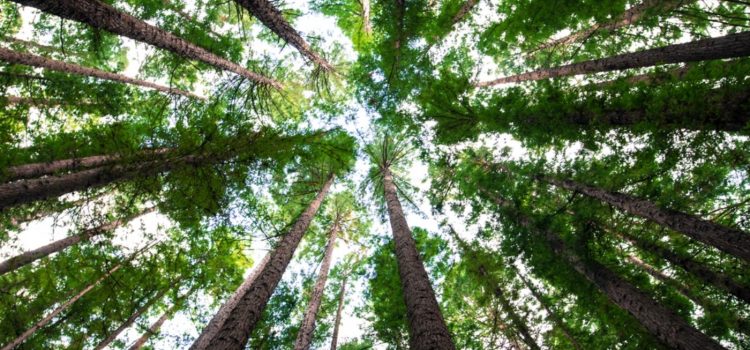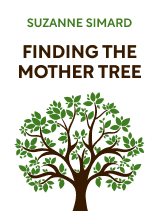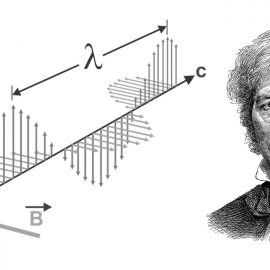

This article is an excerpt from the Shortform book guide to "Finding the Mother Tree" by Suzanne Simard. Shortform has the world's best summaries and analyses of books you should be reading.
Like this article? Sign up for a free trial here.
Do trees talk to each other? How do trees communicate with one another?
In Finding the Mother Tree, Suzanne Simard says trees are intertwined via fungus in a complex resource-sharing network. She further claims that trees “talk” to each other via this network to share resources and nutrients.
Keep reading to learn why trees talk to one another.
Why Do Trees Talk to Each Other?
Do trees talk to each other? In addition to sharing nutrients through these fungal networks, trees also share information with one another. Simard discovered that trees send “warning signals” to one another in the presence of danger. In one area she studied, Douglas firs were dying from beetle infestation, but the ponderosa pines living among them survived. So, in an experiment, Simard and her colleagues planted pine and fir seedlings together, to see what dynamic might be at work. She says that when researchers “stressed” the firs by defoliating them or introducing beetles to them, the firs naturally began producing defense enzymes. And then within 24 hours, so did the pines planted near them. This only happened, she says, when the two were linked with mycorrhizal fungi on their roots. So, Simard concludes that the firs were “warning” the pines of danger.
How Do Plants Speak to One Another?
This National Geographic video illustrates the way trees talk to each other via the fungal networks. Those networks have been mapped by Simard and her colleagues, demonstrating the high degree of interconnectedness among forest trees, as well as the importance of the old-growth trees that are more highly interconnected with all the others around them.
Ecologist Monica Gagliano’s 2018 book Thus Spoke the Plant describes her research on the way plants “talk” to one another. She has pioneered the field of plant bioacoustics, which studies the unique “voices” plants use to communicate, as well as how they interpret and respond to sounds in their environment. It’s worth noting that Gagliano has received substantial criticism for her work, similar to the early reaction to Simard’s work. One particularly harsh reviewer of her book calls her work “nonsense,” and accuses her of “suffering from drug-induced psychosis” and “going off the deep end.”
Ecosystems as Societies
Of course, there are more than just trees and fungi in a forest; a forest is a complex ecosystem of diverse flora and fauna. Simard says we can think of the larger forest ecosystems as similar to human societies. They’re complex, self-organizing, and adaptive. And, importantly, she says they are intelligent.
Because ecosystems operate similarly to human societies, this could explain why we find a prevailing paradigm of competition in the modern scientific worldview and a paradigm of cooperation in the traditional indigenous worldview. Each paradigm is modeled after the society within which it develops.
Simard points out that objectifying nature, thinking of humans as separate from it (and even above it) is a modern Western construct and reflective of a colonialist mindset. First Nations tribes of the region had a symbiotic relationship with the land and existed entirely within these forest ecological communities, rather than viewing them from the outside. She ties all of this into the pressing issue of climate change.
Climate change, she argues, is occurring in large part because of human activities, and these activities are the product of a mindset that has moved away from viewing nature as living, sentient, and sacred, toward a mindset that can’t even imagine trees as sentient beings that have relationships. This, Simard argues, needs to change. Only when we recognize the forests as alive and intelligent will we have the wisdom to recognize that we must honor them because our lives depend on it.

———End of Preview———
Like what you just read? Read the rest of the world's best book summary and analysis of Suzanne Simard's "Finding the Mother Tree" at Shortform.
Here's what you'll find in our full Finding the Mother Tree summary:
- A look at Suzanne Simard's research on the relationships among trees
- What a Mother Tree is, and how it takes care of its community
- How trees communicate in an interconnected, underground network






